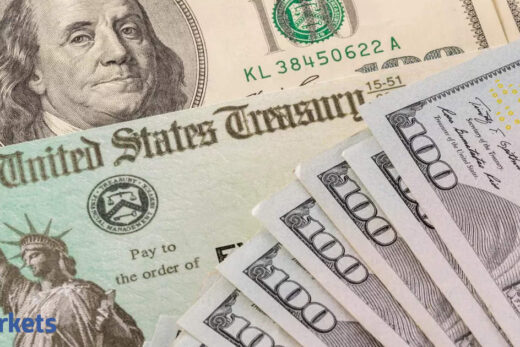Shortages of natural gas and coal have triggered a switch to oil, boosting demand for crude and fuelling a rise in prices.
Last month, the IEA, which advises governments on energy policy, said oil prices were “scaling multi-year highs.”
But on Tuesday, it sounded a note of optimism, saying that tide may be turning.
“The world oil market remains tight by all measures, but a reprieve from the price rally could be on the horizon,” the Paris-based agency said.
It cautioned however that was not because demand for high-polluting oil was decreasing, “but rather due to rising oil supplies.”
Prices had until now risen on the back of a global economic recovery, while supply from producer countries remained tight.
The price of a barrel of oil rose by around $20 between the end of August and mid October, before reaching a plateau in recent weeks at around $80.
But the IEA said global oil production was on the rise.
In October, oil supplies leapt by 1.4 million barrels a day (mb/d), with the US post-hurricane recovery accounting for half the increase.
A further boost of 1.5 mb/d is expected over November and December.
The IEA’s forecast for demand, meanwhile, remains unchanged this year and the next.
“Global oil demand is strengthening due to robust gasoline consumption and increasing international travel as more countries re-open their borders,” it said.
“However, new Covid waves in Europe, weaker industrial activity and higher oil prices will temper gains, leaving our forecast for oil demand growth largely unchanged.”
For 2021 and 2022, it predicts an increase of 5.5 mb/d and 3.4 mb/d respectively.



